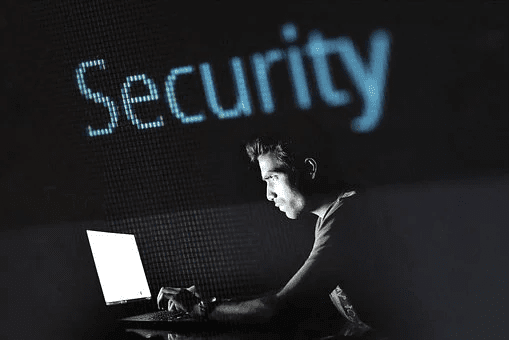
In a world where connected devices have surrounded us, cybersecurity has become vital and something which cannot be ignored. The pandemic has also posed a challenge of staying connected, which has led to the complete switching-over to online work culture.
Therefore, staying vigilant about internet security is of real importance. Cybercriminals are all around us, and a possible attack on your local network can inflict significant damage. Such scenarios can victimise students undergoing online-learning and employees working from home.
Some companies are built on a secure and robust infrastructure that could help nullify such threats. But for employees working for smaller organisations, these five tips to secure your home network can work out to be a great deal.
1. Configuring Your Network
The first step is to configure your network, and there are ways through which you can do that. Opening up your network control panel can throw at you a ton of options and settings that you can configure to your liking.
In addition to this, you can even subscribe to a password manager to store all your passwords. It mitigates quite a bit of hassle when you can’t remember them at times. It is always a good practice to change your SSID. By default, routers display the name of the brand as their SSID. That can be dangerous as it gives away information to attackers.
2. Expelling Unknown Devices From Your Home Network.
Often, you might be unaware of which devices are using your network. There are several scanning tools that you can make use of to find out who and which devices are currently connected to your LAN. And if you find any unknown or suspicious device, you can always change the password and allow access to only trusted tools.
3. Updating Your Router Firmware
It is imperative to have your firmware updated to the latest version as provided by the manufacturer. And if you have been using a legacy router, it’s time you upgraded to a new and a more advanced one. While shopping for a new router, it’s best to opt for a router that provides maximum security.
Some routers are equipped with internet threat intelligence capabilities which can end up being indispensable on occasions of threat. They could block malware from auto-downloading, and help neutralise threats posed when logging onto malicious websites.
4. Encrypting Communication Using Vpn (Virtual Private Network)
While working remotely from a company’s intranet, you can be faced with a situation wherein you might need access to it. Communicating over public channels can be quite dangerous. A Virtual Private Network can heavily benefit you by establishing a secure medium of communication.
A Virtual Private Network will encrypt all your information through the channel and allow decryption only at the ends. That way, your data is saved from being exposed to unwanted risks.

5. Using Two Factor Authentication
Employees using RDP or Remote Desktop Protocol can be vulnerable to attacks. Hackers can deploy a brute-force technique to break through the authentication security and gain access to all the user data. Two Factor Authentication is a method wherein any user who intends to gain access to his/her account would be prompted to enter an additional verification code sent to their other devices through an appropriate app.
This would mean that along with the username and a password; the user would have to undergo a second verification process. This way, even if an attacker breaks through the network, he would still be denied access due to the two-fold verification system.
Besides this, it is always a good practice to subscribe to any internet security provider such as Kaspersky. It will help you to stay away from proxy and malicious websites that can infect your system or your network. You can have a fantastic read here and find out more about other important articles which are related.
Several other measures could be undertaken by anyone who has a Local Access Network running. But these five can be considered as some of the best practices that need to be followed to maintain a secure network free of any threats.








